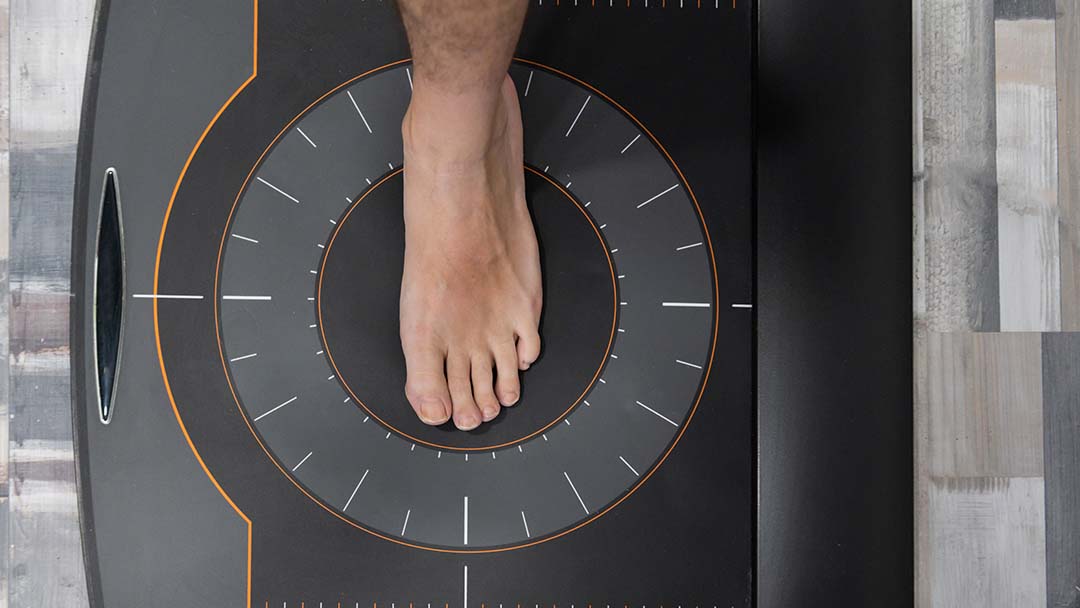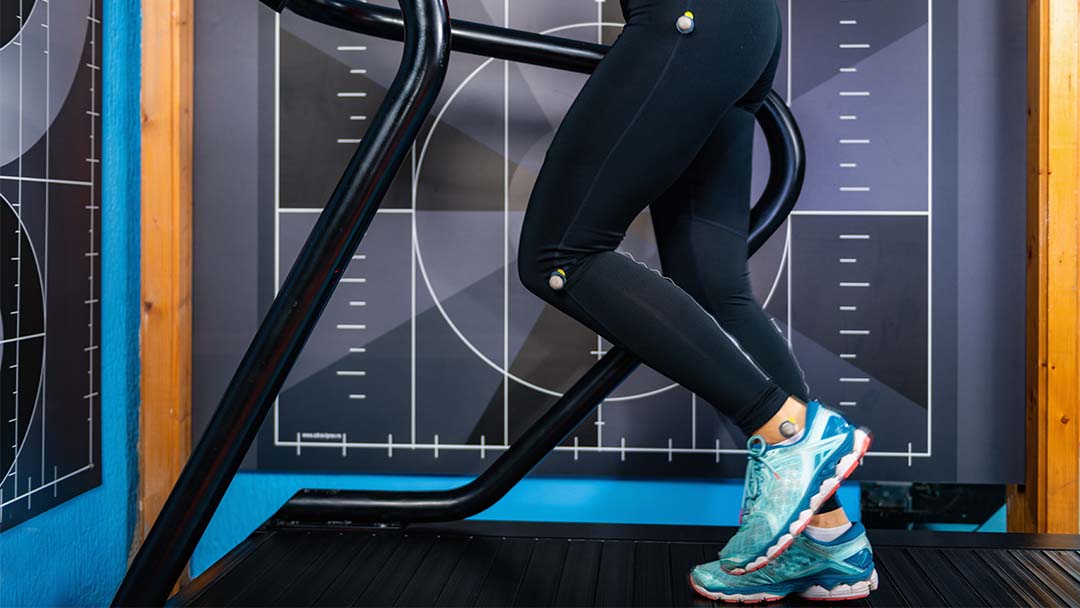Chiropody and Podiatry is the branch of medicine concerned with the diagnosis and medical, surgical, mechanical, physical, and adjunctive treatment of the diseases, injuries, and defects of the foot. Our Podiatrists are lower limb/foot specialists and they treat complaints using various treatment modalities such as medication, manipulation, conservative and surgical. Whatever your symptoms treatment is available, we are here to help.
Here are a few examples of some of the problems our podiatrists deal with on a daily basis.
Corns and hard skin
A common complaint but easily dealt with, corns and hard skin (callus) can be painlessly removed by our podiatrists and you will feel the difference immediately.
Verrucae
Verrucae are usually caught on wet surfaces where you walk barefoot, common with people who use showers at the gym, swimming pool’s etc. If left untreated, Verrucae can be very difficult to cure.
Bunions
A common, deforming and debilitating condition of the foot, usually affecting people with flat feet (pronated). A referral for a biomechanical assessment would be recommended particularly during early stages as casted functional orthotics can prevent the need for surgery.
Ingrown toe nails
A painful condition caused by a spike of nail puncturing through the skin at the nail edge, causing inflammation and infection. Treatment may involve antibiotics, removal of the spike or minor surgery under local anaesthetic.
Fungal skin & nail infections
An irritating condition that can recur, treated with debridement, creams, tablets, nail paints and homeopathic remedies as instructed.
Heel Pain
Also known as heel spur syndrome (Plantar Fasciitis). Usually worse first thing in the morning or after periods of rest. If this is suspected a referral for a biomechanical assessment would be recommended. This condition is treated with orthotics, taping, exercise programs and hydrocortisone injection therapy, surgery is not recommended.
Forefoot Pain
Can be caused by repetitive trauma causing joint inflammation, stress fracture or nerve irritation (enlargement) also known as a Morton’s Neuroma. If this is suspected a referral for a biomechanical assessment would be recommended. A Morton’s Neuroma is treated with orthotics, injections and may require surgery.



